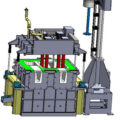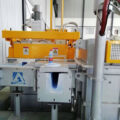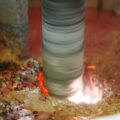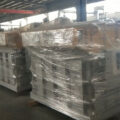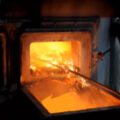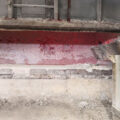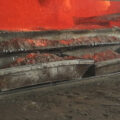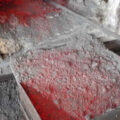Furnace treatment is mainly used in small and medium-sized aluminum processing plants, not only the slag removal effect is not good, but also the melt has the possibility of secondary pollution. In order to improve the purification treatment effect and ensure the stability and reliability of the melt quality, continuous purification treatment outside the furnace has been developed rapidly. According to its main functions, it can be divided into: Air liquide method, which is mainly used for degassing, etc.; glass fiber mesh, ceramic tube and ceramic foam filter filtering method which mainly uses filtering and slag removal. SNIF, Alpur, and online degassing methods for both degassing treatment.

In terms of degassing treatment (hydrogen) alone, the purification of hydrogen outside the furnace can generally be described as a bubble floatation method, that is, a large number of bubbles are created in the aluminum liquid through a certain method, and the partial pressure difference between the hydrogen in the aluminum liquid and the bubbles is used. , Make the hydrogen in the aluminum liquid continuously enter the bubbles floating in the aluminum liquid, and finally escape the liquid surface with the bubbles to achieve the purpose of hydrogen removal. At the same time, a part of the slag is taken away in the process of bubbles floating up to achieve the purpose of removing slag. The box-type degassing method is a simpler way to continuously purify and process aluminum alloy melt. There is a breathable brick (plug) at the bottom. Nitrogen passes through the breathable brick to form tiny bubbles, which rise in the melt, and the bubbles are in contact with the melt. And during exercise, it absorbs gas, adsorbs inclusions, and brings them out of the surface, thereby producing a purification effect.
The glass fiber mesh filter method, the corundum microporous ceramic tube filter method and the ceramic foam filter method are mainly used for removing slag. When the melt passes through the pores, the inclusions are blocked, settled and adsorbed on the surface of the medium, thereby removing the inclusion particles.

